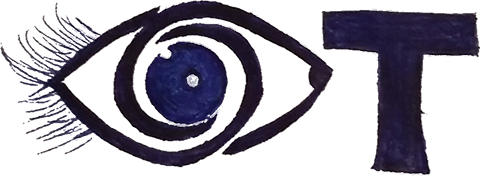The occupational therapist designs a vision treatment plan based on the optometric low vision evaluation and evaluation. The rehabilitation program generally includes education regarding the functional limitations of visual impairment, psychosocial management, teaching the use of visual scanning techniques to optimize remaining vision, referral to appropriate community resources, use of an assistive device (optical and non-optical) in ADL performance, and environmental modification recommendations to include management lighting, contrast, and glare. Generally, the ultimate goal of a plan of care for low vision clients is to improve participation and performance in ADLs with the client’s vision that remains rather than improving vision itself. However, there are techniques that OT’s teach their clients that improve reading ability and localization of objects within an environment.
The occupational therapist is able to determine the effectiveness of the suggestive assistive devices for use during ADL participation. If those devices do not seem effective, the occupational therapist can then refer the client back to the low vision optometrist for re-evaluation. The plan of care is typically reviewed and approved by a low vision optometrist, however, this is not required in some states.
Since the nature of low vision is related to a disease that is irreversible, one of the biggest hurdles for individuals that are affected is acceptance. Most, if not all, individuals with low vision will have difficulty accepting this lifestyle change and will often try to find a way to restore their vision. It is important to note this as there is an increase in risk in depression that may hinder the effectiveness of rehabilitation. Therefore, occupational therapists are faced to address the psychosocial health of their clients with low vision as part of vision rehabilitation.
